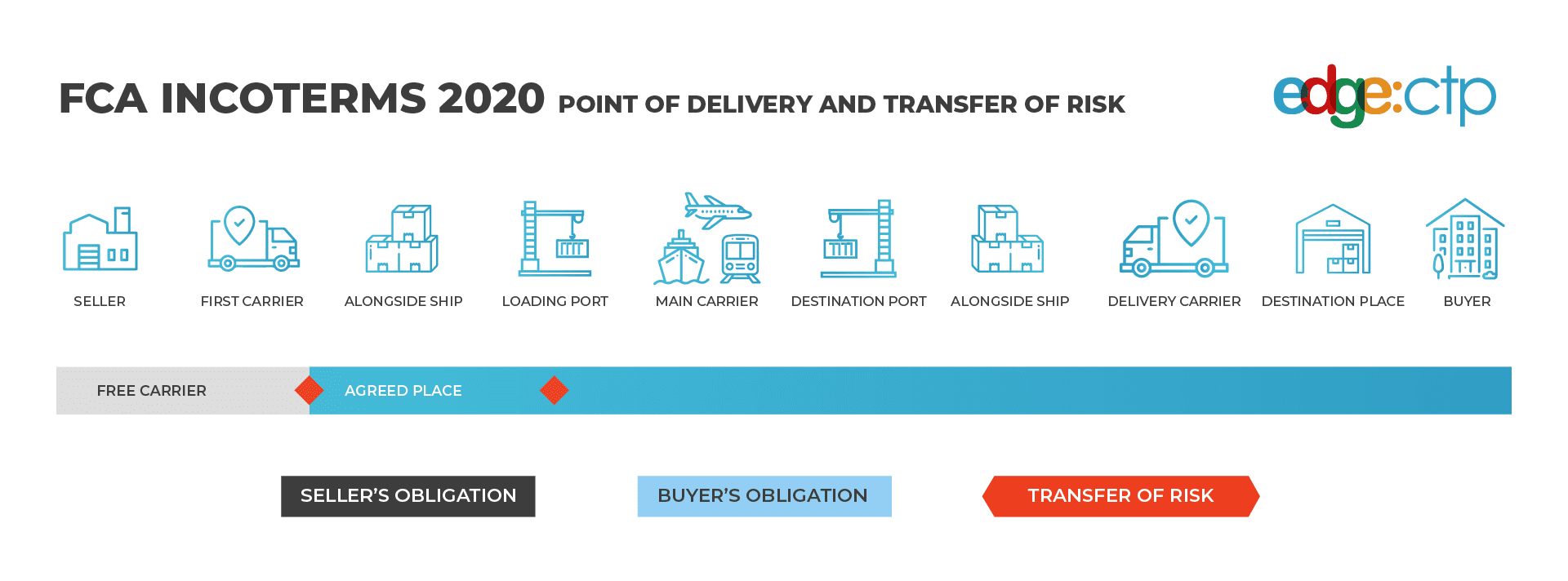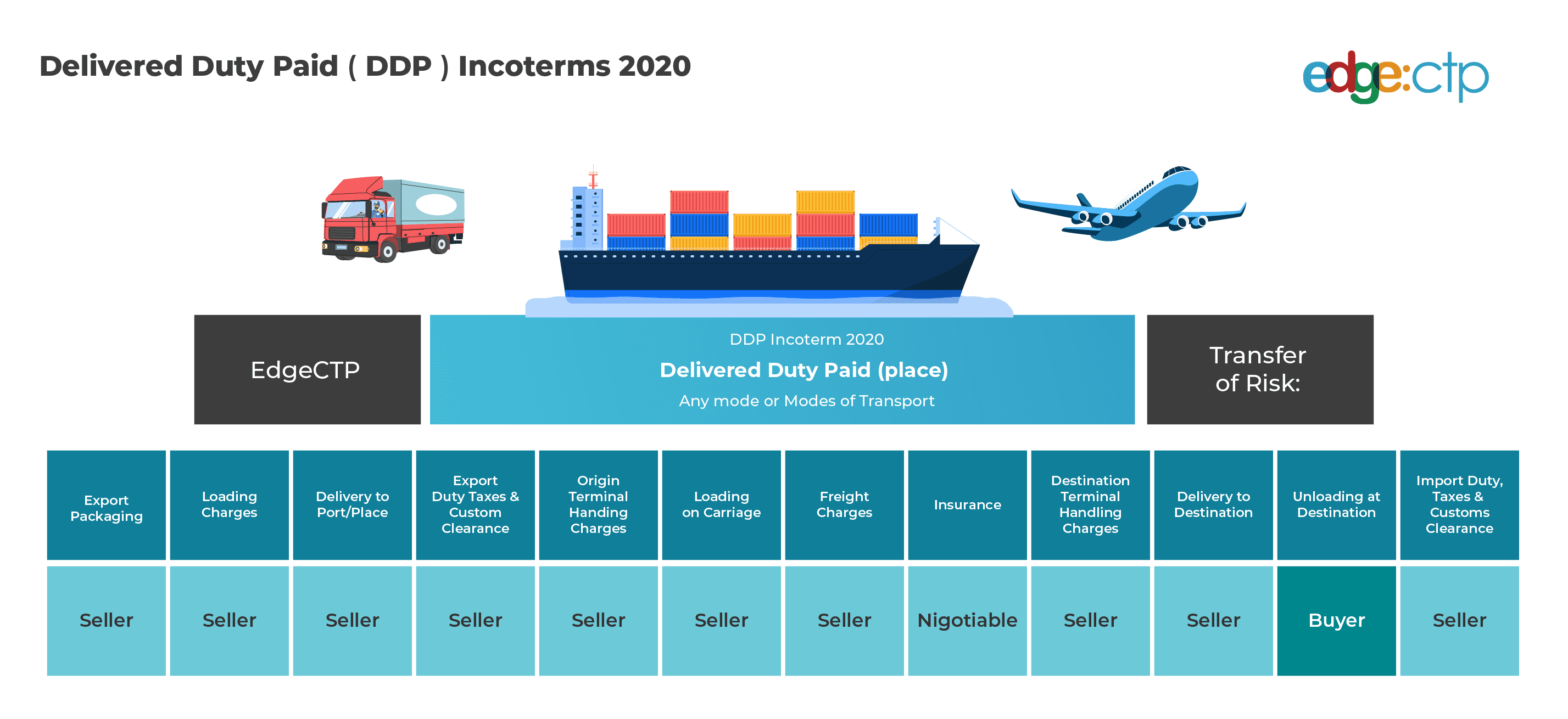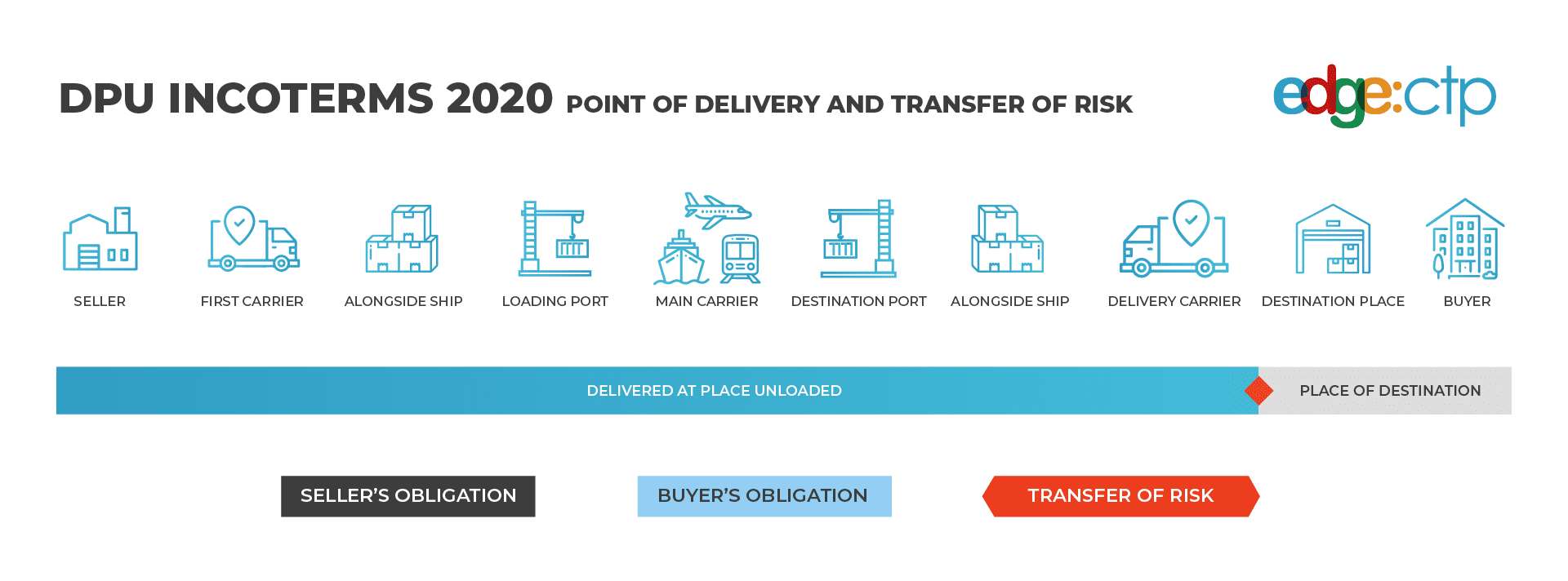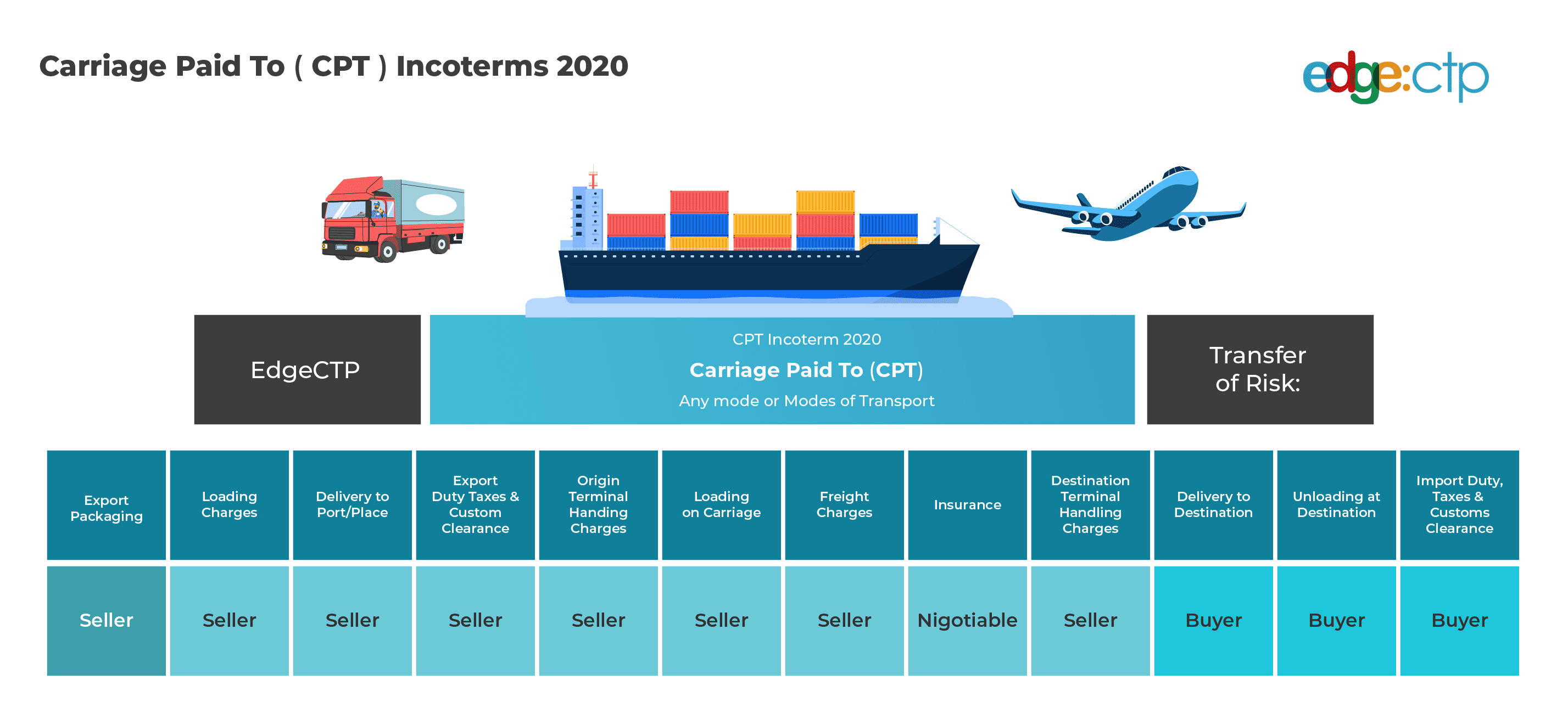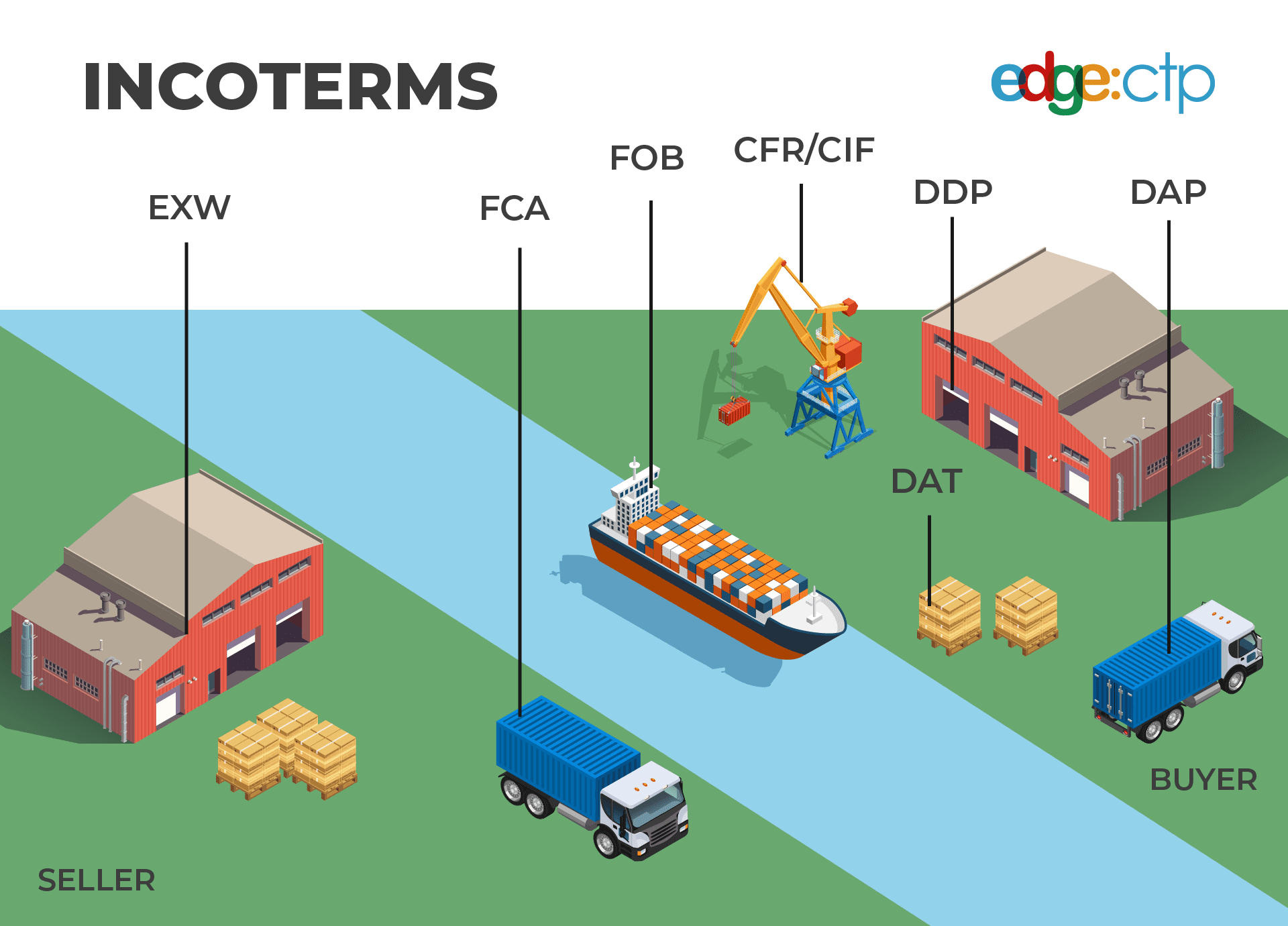In the intricate world of international trade, understanding shipping terms holds paramount importance for ensuring smooth and effective transactions. Among these, the FCA Incoterms meaning emerges as a vital concept that both buyers and sellers must grasp to navigate the complexities of shipping goods across borders. As part of the broader Incoterms rules designed to clarify the responsibilities of each party in the shipping process, the FCA (Free Carrier) provision specifies a clear demarcation point, shifting the risk from the seller to the buyer. By delving into the intricacies of what FCA means in shipping, stakeholders can mitigate risks and optimize their logistics strategies, making knowledge of these terms not just beneficial but essential for successful international trade.
This article will comprehensively explore the FCA Incoterms meaning, beginning with a foundational understanding of what Free Carrier encompasses and how it fits within the global framework of shipping terms. We will then proceed through a detailed examination of the step-by-step process involved in an FCA Incoterms shipment, highlighting the specific responsibilities that fall to sellers and buyers. Furthermore, the discussion will extend to the advantages and disadvantages of employing FCA in comparison to other Incoterms, such as EXW (Ex Works) and DAP (Delivered at Place), offering readers a thorough comparative analysis. With a focus on elucidating every pertinent aspect of FCA shipping terms, including their evolution in the latest 2020 update, this article aims to equip professionals across the spectrum of international trade with the knowledge needed to make informed decisions and foster seamless shipping operations.
What is Free Carrier (FCA)?
The FCA Incoterm, standing for “Free Carrier,” is a crucial agreement in international trade, defining specific points of responsibility and risk transfer between the buyer and seller. Under this term, the seller’s obligations are to deliver the goods, cleared for export, to a predetermined location, known as the “Named Place.” This location could be an airport, shipping terminal, warehouse, or even the seller’s premises, depending on the agreement.
Once the goods are delivered to the Named Place, the responsibility for the cargo shifts from the seller to the buyer. The buyer then assumes all risks and is responsible for all costs associated with the transportation of goods from this point forward. This arrangement allows the buyer the flexibility to manage the subsequent shipping arrangements, which can often be secured at a more competitive rate than what the seller might offer.
FCA is applicable to any mode of transport, including air freight, sea freight, road freight, and rail freight. This versatility makes it a preferred choice in various shipping scenarios, particularly when containerized goods are involved. Containerization standardizes transport, enhancing efficiency and security in handling the cargo.
Under the terms of FCA, the seller must handle all the preparations required for exporting the goods. This includes packing, labeling, and completing necessary customs documentation. Once these tasks are accomplished, and the cargo is ready to be loaded onto the collecting vehicle, the seller’s responsibility ends, and the buyer’s role begins.
The buyer must clearly specify the exact point of delivery within the sales or carriage contract. This precision ensures that both parties have a clear understanding of where the risk and responsibility transition occurs, minimizing potential disputes related to cargo handling and transfer.
Overall, the FCA Incoterm simplifies the export process for sellers while offering buyers the opportunity to take control of the logistical chain once the goods are exported. This balance of responsibilities can lead to optimized logistics operations and cost efficiencies in international trade.
Step-by-Step Process of FCA Incoterms Shipment
Pre-Carriage Responsibilities
- Packaging and Documentation: The seller is responsible for preparing the goods for export, ensuring they are adequately packaged and labeled according to international shipping standards. This includes managing commercial invoices and all necessary export documentation.
- Export Licenses and Customs Formalities: The seller must handle all export licensing and complete the required customs formalities to clear the goods for export.
- Delivery to Named Place: The seller must transport the goods to the specified named place of delivery. This location could be the seller’s premises or another location agreed upon with the buyer, such as a port or warehouse.
Transfer to Carrier
- Proof of Delivery: The seller must provide proof of delivery at the named place. This is crucial as it marks the transfer of responsibility from the seller to the carrier, and eventually to the buyer.
- Loading the Goods: If the named place of delivery is the seller’s premises, the seller is responsible for loading the goods onto the buyer’s carrier. The risk and cost transfer to the buyer once the goods are loaded onto the carrier.
Post-Carriage Responsibilities
- Transport Arrangements: From this point, the buyer assumes all responsibilities for the goods, including arranging transport from the named place to the final destination. This includes handling all main carriage, discharge, onward carriage, and any associated costs.
- Import Formalities: The buyer is responsible for managing all import formalities, duties, and taxes. This includes ensuring that the goods meet the import regulations of the destination country and handling any inspections required by customs authorities.
- Delivery to Final Destination: The buyer must also arrange for the transportation of the goods from the port of destination to the final delivery point, managing any unloading and related costs at the destination.
By adhering to these steps, both the seller and buyer can effectively navigate the complexities of FCA Incoterms, ensuring a smooth transition of responsibilities and minimizing potential disputes.
Seller’s Responsibilities under FCA
Goods and Documentation Preparation
Under the FCA Incoterms, the seller must ensure that all goods are properly prepared for export. This includes not only the physical preparation of the goods but also the preparation of all necessary documentation. The seller is responsible for providing the commercial invoice, ensuring that all goods are accompanied by the correct documentation, and that they are packaged in compliance with both the buyer’s specifications and legal requirements for export. This meticulous preparation helps to facilitate a smooth handover to the carrier.
Export Packaging and Marking
The seller is tasked with packaging the goods in a manner suitable for export. This responsibility covers everything from selecting appropriate packaging that can withstand the transportation process to applying the necessary markings that are often required under international shipping regulations. These markings could include labels for handling, danger, and contents, which are critical for ensuring the safety and compliance of the shipment during transit.
Delivery to Named Place of Delivery
One of the key responsibilities of the seller under FCA incoterms is the delivery of goods to a predetermined named place of delivery. This location, agreed upon by both the seller and the buyer, could be a terminal, warehouse, or even the seller’s own premises. The seller must ensure that the goods are delivered to this location on time and are ready for pickup by the carrier specified by the buyer. The completion of delivery is typically evidenced by the seller providing proof of delivery, which is crucial for the formal transfer of responsibilities to the buyer.
Buyer’s Responsibilities under FCA
Payment and Unloading
Under FCA Incoterms, once the cargo is delivered to the named place, the buyer is responsible for all subsequent costs and risks. This includes unloading the cargo from the arriving transportation mode. Additionally, the buyer must fulfill the payment terms as agreed upon in the sales contract, ensuring timely financial transactions to facilitate smooth logistics operations.
Main Carriage Responsibility
The buyer takes on the responsibility for arranging and paying for the main carriage, which involves the transportation of cargo from the named place of delivery to the final destination. This includes managing the loading charges at the origin terminal, where the cargo is loaded onto the designated vessel or other modes of transport. The buyer also handles the carriage charges, which cover the freight costs from the port of origin to the port of destination.
Import Formalities
Upon arrival at the destination port, the buyer must manage all import formalities. This encompasses paying any destination terminal charges associated with unloading, transferring, and holding the cargo as it awaits the formal import process. The buyer is also responsible for customs clearance, including paying import duties, taxes, and handling any required inspections by customs authorities. If necessary, the buyer should consider obtaining an insurance policy to cover the cargo during transport, although this is not a mandatory requirement under the FCA terms.
Advantages and Disadvantages of FCA Incoterms
Advantages for Sellers
The Free Carrier (FCA) Incoterm offers several benefits for sellers, primarily minimizing their logistical responsibilities. Once goods are delivered to the named place, typically a terminal or another agreed-upon location, the seller’s responsibility ends. This allows sellers to focus on production and local logistics, reducing their exposure to the complexities of international shipping. Additionally, under FCA terms, sellers maintain control over the transport until the goods are handed over to the carrier, which can lead to more cost-effective and efficient transportation solutions. The responsibility for export clearance also remains with the seller, ensuring they can manage compliance and paperwork efficiently.
Advantages for Buyers
For buyers, the primary advantage of using FCA is the control it grants over the international transportation of their goods. This control is particularly beneficial when buyers have established relationships with third-party logistics providers, enabling them to negotiate better terms and potentially lower costs from the port of origin to the final destination. FCA terms allow buyers to manage all moving pieces of the logistics process post-export, providing flexibility to adjust operations in response to any logistical challenges encountered along the way.
Disadvantages for Both Parties
Despite its advantages, FCA also presents certain challenges. For sellers, while the initial part of logistics is simplified, they remain responsible for the goods until they are handed over to the carrier, which can involve complex coordination and risk, especially if the named place is distant from their premises. For buyers, the responsibility for terminal and loading costs at the port of origin under FCA can lead to inefficiencies, particularly if issues arise during this phase of shipping. Additionally, if the cargo is not moved directly from the factory to the vessel, the distinction between FCA and EXW (Ex Works) becomes minimal, potentially complicating logistics further.
In regions like China, where FOB (Free on Board) is more common, buyers might face resistance from sellers unfamiliar with FCA terms, affecting negotiation and operational efficiency. Moreover, the International Chamber of Commerce recommends FCA primarily for containerized shipments, limiting its applicability for other types of cargo. Misunderstandings can also arise if the terms, especially concerning the named place and responsibilities for loading and unloading, are not clearly defined in the contract, leading to disputes and logistical complications.
When to Use an FCA Agreement?
An FCA agreement is suitable when:
- The cargo is containerized.
- The buyer has existing knowledge of the logistics process and requirements in the seller’s country or is using a shipping service.
- The seller equally prefers FCA over FAS or FOB.
- The cargo is being transported directly to the terminal for export, and not to the shipping service provider’s warehouse.
FCA Agreements for China Importing
Unless you meet the above conditions, FCA may not be the ideal agreement to use when importing from China, as China primarily relies on FOB Incoterms.
Responsibilities Comparison – FCA vs. EXW vs. FOB
| Responsibilities | FCA (Free Carrier) | EXW (Ex Works) | FOB (Free On Board) |
|---|---|---|---|
| Delivery Point | Agreed-named place (airport, terminal, etc.) | Seller’s premises | Named port, ready for loading onto vessel |
| Seller’s Responsibilities | Export clearance, delivery to the named place | Make goods available at the seller’s premises | Loading goods onto vessel at port of shipment |
| Buyer’s Responsibilities | Main carriage from named place, import clearance | Transport from seller’s premises, all costs and risks | Main carriage, insurance, import clearance |
| Transfer of Risks | At the named place of delivery | When goods are made available to the buyer | Upon loading goods onto the vessel at the port of origin |
| Applicable Transport Modes | All modes including air, sea, road, rail | All modes | Sea transport |
Here is the detailed Overview:
FCA vs EXW
The Free Carrier (FCA) and Ex Works (EXW) Incoterms both involve the seller delivering goods to a predetermined location, but they differ significantly in terms of seller and buyer responsibilities. Under EXW, the seller’s responsibility ends once the goods are made available at their premises, placing the burden of all transportation and customs clearance costs on the buyer. In contrast, FCA requires the seller to deliver the goods to a carrier or another designated location and manage the transportation to that point, including export clearance. This makes FCA more favorable for buyers as it reduces the complexity and risk involved in arranging transportation from the seller’s location.
FCA vs FOB
Comparing FCA with Free On Board (FOB), both terms are used for shipping goods, but they have distinct points of risk transfer and responsibilities. FOB is typically used for sea shipping and requires the seller to load the goods onto the ship chosen by the buyer, at which point the risk transfers to the buyer. FCA, on the other hand, is more flexible and can be used across all modes of transport. Under FCA, the risk transfers to the buyer once the goods are delivered to the agreed-upon location and handed over to the carrier, not necessarily involving loading onto a vessel. This makes FCA more suited for modern container shipping, where logistics at the port can be complex.
FCA vs CIF
Cost, Insurance, and Freight (CIF) is another Incoterm that, unlike FCA, includes insurance and all costs up to the destination port paid by the seller. Under CIF, the seller’s risk ends when goods are loaded onto the shipping vessel at the port of origin. From that point, the buyer assumes all risks and responsibilities, including import customs clearance and final delivery. FCA places more responsibility on the buyer from the point of handover at the designated location, where they take over all risks and subsequent costs, including main carriage and insurance if chosen. CIF can be more attractive for buyers who prefer to have expenses managed up to the destination port, especially in traditional bulk shipping.
Conclusion
Through the detailed exploration of FCA Incoterms, this article has illuminated the intricacies of Free Carrier agreements and their pivotal role in facilitating successful international trade operations. By dissecting the comprehensive responsibilities laid upon both buyers and sellers, alongside a comparative analysis with other Incoterms such as EXW, FOB, and CIF, we have unveiled the strategic advantages and potential challenges inherent within the FCA framework. This discussion has not only clarified the operational dynamics of FCA but also underscored its versatility and efficiency in managing the risk transfer and logistical duties across different modes of transport in global trade practices.
The significance of comprehending FCA Incoterms extends beyond mere procedural knowledge; it empowers stakeholders in international trade with the ability to make informed, strategic decisions that optimize logistics operations and mitigate risks. As global trade continues to evolve, the application of FCA and other Incoterms will undoubtedly play a crucial role in shaping efficient, resilient supply chains. Therefore, professionals engaged in international trade are encouraged to leverage the insights provided on FCA Incoterms as a foundation for fostering seamless transactions and sustaining competitive advantage in the complex landscape of global commerce.
FAQs About FCA Incoterms:
What is the meaning of FCA in shipping terms?
FCA, which stands for “Free Carrier,” is an Incoterm where the seller is responsible for export clearance and delivering the goods to the carrier at a specified location.
How does FCA differ from EXW in shipping terms?
Under the EXW (Ex Works) Incoterm, the seller assumes the least risk by placing all responsibility on the buyer to pick up the goods and manage all transportation risks and costs. In contrast, under FCA, the risk transfers to the buyer either when the seller loads the goods onto the buyer’s transport or delivers them to a specified place.
What are the specific responsibilities under the FCA Incoterm?
The FCA Incoterm requires the seller to deliver the goods to the buyer or the buyer’s carrier at the seller’s premises, where they must be loaded onto the collecting vehicle, or at another agreed location (like a forwarder’s warehouse, airport, or container terminal), where the goods remain unloaded from the seller’s vehicle.
Who is responsible for paying the freight costs under FCA terms?
Under the FCA (Free Carrier) terms, the buyer is responsible for all freight costs associated with transporting the goods from the specified delivery location.

